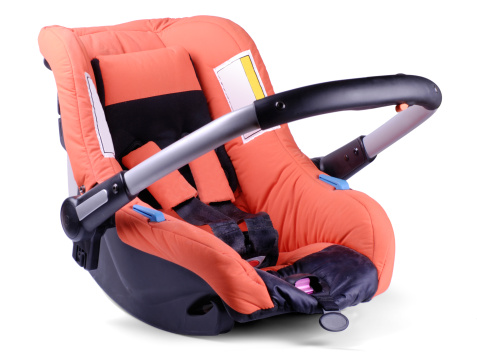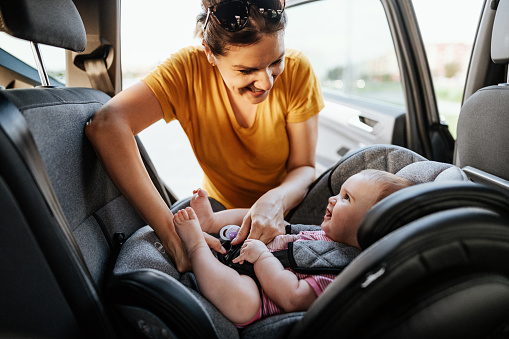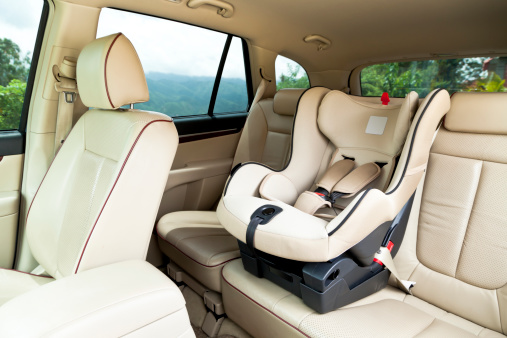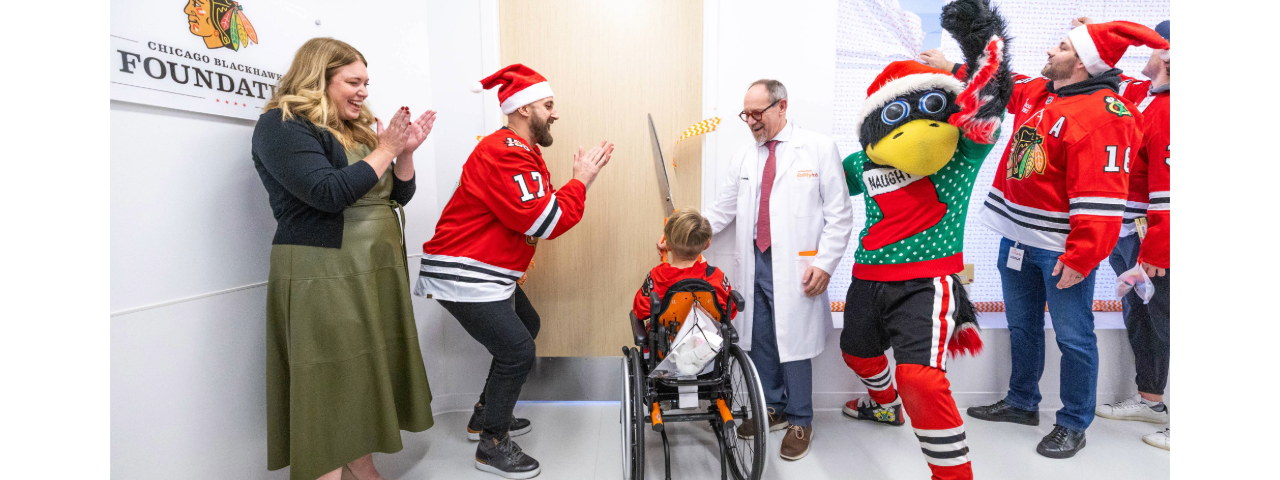Body
If you are in an automobile accident, having the right car seat can mean all the difference — this applies to both serious accidents and even minor ones too. But what is the "right car seat"? It is the one that fits your child's weight, size and age, as well as your vehicle.
What types of car seats are available?
Body
Infant Carrier
These are rear-facing car seats used for infants. They typically come with a base that allows the car seat to clip in and out easily. An infant carrier can be used until the baby reaches the weight limit of the infant car seat, which is usually around 30-35 pounds and/or when the top of their head is less than an inch from the top of the seat when buckled in.

Rear-Facing Car Seat
These car seats are installed in rear-facing orientation, and typically are used for infants and toddlers. They protect the child’s head, neck and trunk (shoulders and hips) since they are “cradled” in the seat.

Convertible Car Seat
These car seats can be used in both rear-facing and forward-facing positions. The advantage to convertible car seats is that they can be used for many years, based on weight and height limits and expiration dates. A convertible car seat is the most cost-efficient since they adjust and adapt based on your child’s age and size from rear-facing to forward-facing.

Forward Facing Car Seat
These car seats have harnesses and only can be installed in the forward-facing position. Many can be used until a child weighs 65 pounds.

Booster Seat
Even after children outgrow forward-facing position car seats, state laws may still require them to use a booster seat. These allow children to fit comfortably in an adult seat and facilitate appropriate position of seat belts along the shoulder — not touching the neck.

Two Important Components of a Car Seat
Body
Five-Point Harness
Ideally, your child will use a five-point harness for as long as possible until they reach the height or weight limit for a car seat and are ready to transition to a seatbelt. The five-point harness provides increased safety by supporting the trunk and distributes the crash forces more evenly. The straps go over both shoulders and both hips. The buckle clips should be at the crotch.
A 5pt. harness is found in the following car seats:
- Infant carrier
- Rear-facing
- Convertible
- Forward-facing*
*Some forward-facing facing car seats transition into high-back booster seats and therefore would not have a five-point harness.
Tether
The use of a tether varies on the type of car seat but typically, a tether should be used based on the car seat manual’s recommendations and the child’s height/weight.
- A tether is a strap with a hook located on the back of a convertible or forward-facing car seat.
- It is typically used when a car seat is forward facing to secure the back of the seat to the vehicle seat.
Car Seat Requirements
Body
Every state has different laws about car seats. Consult your state’s Department of Motor Vehicles to determine the legal recommendations for car seats infants and toddlers in your area. (For example, the State of Illinois requires all children under the age of 2 to be placed in rear-facing car seats. However, if they weigh more than 40 pound or are taller than 40 inches, that requirement is waved).
Get It Installed
Body
After you choose a car seat for your child, it is very important that you learn how to install the seat and use the harness properly before your child's first ride. Do not depend on store displays to show you how to install a car seat properly.
To get help — or to double-check that you've installed the car seat properly — visit a child car seat inspection station or seek help from a local health department, public safety group, hospital, law enforcement agency or fire departments. Be sure to ask for a certified child passenger safety technician if you chose to consult an outside group. Visit safekids.org to find a car seat inspection station near you.
Learn More About Pediatric Rehabilitation
Body
About Jordan Huffman, OTR/L
Jordan Huffman is a pediatric occupational therapist and is certified in Child Passenger Safety Education. She has been working within the pediatric inpatient rehabilitation setting for the last nine years and received her bachelors and masters degrees in Occupational Therapy at Saint Louis University. Currently, she is a practicing senior therapist on the inpatient pediatric rehabilitation floor at Shirley Ryan Ability Lab.

